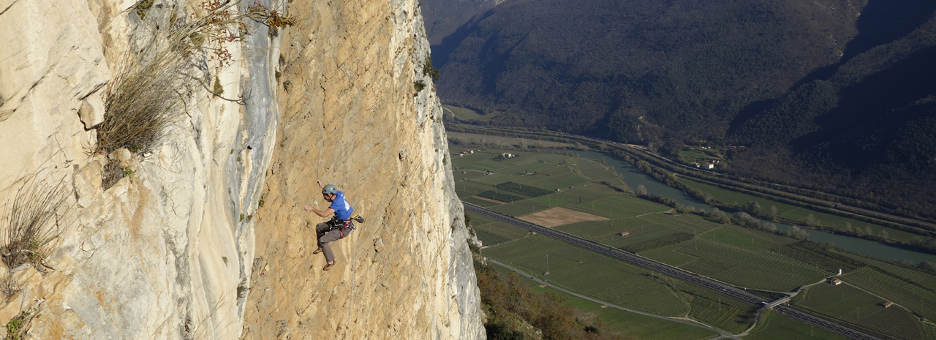
Climbing flight dynamics - a theoretical outline
Share
When we climb upwards we are subject to the laws of physics, in particular a body placed at a certain altitude has a quantity of potential energy that depends on its weight and its height. The heavier the body and the higher it is placed above the ground, the higher its potential energy is.
As it falls, it begins to progressively lose potential energy and acquire kinetic energy, by virtue of the law of conservation of energy.
It is therefore evident that as the first decreases, the second must increase.
At the moment in which the body in free fall stops, the maximum peak of kinetic energy is recorded, while its potential energy has been cancelled. It can therefore be stated that, in accordance with the principle of conservation of mechanical energy, the potential energy has been transformed into kinetic.
A body in free fall is subject to a progressive acceleration, when the braking phase begins it is instead subject to a negative acceleration commonly called deceleration.
The shorter the deceleration time, the greater the inertial forces that develop within the body.
It has been demonstrated that a human body in free fall placed vertically with the head before the feet can withstand an amount of deceleration equal to 15g where g is the value of the gravitational acceleration.
As an example, consider a car that brakes sharply: the passengers will be thrown dangerously forward because they are subjected to significant inertial forces, which does not happen with gentle, constant braking.
To prevent the body from being subjected to deceleration values greater than 15g, its fall must be progressively slowed by various tools such as dynamic ropes and brakes.
In climbing it is essential to try to slow down and not block falls; the purely theoretical considerations presented so far have practical implications in sport climbing and mountaineering.
As it falls, it begins to progressively lose potential energy and acquire kinetic energy, by virtue of the law of conservation of energy.
It is therefore evident that as the first decreases, the second must increase.
At the moment in which the body in free fall stops, the maximum peak of kinetic energy is recorded, while its potential energy has been cancelled. It can therefore be stated that, in accordance with the principle of conservation of mechanical energy, the potential energy has been transformed into kinetic.
A body in free fall is subject to a progressive acceleration, when the braking phase begins it is instead subject to a negative acceleration commonly called deceleration.
The shorter the deceleration time, the greater the inertial forces that develop within the body.
It has been demonstrated that a human body in free fall placed vertically with the head before the feet can withstand an amount of deceleration equal to 15g where g is the value of the gravitational acceleration.
As an example, consider a car that brakes sharply: the passengers will be thrown dangerously forward because they are subjected to significant inertial forces, which does not happen with gentle, constant braking.
To prevent the body from being subjected to deceleration values greater than 15g, its fall must be progressively slowed by various tools such as dynamic ropes and brakes.
In climbing it is essential to try to slow down and not block falls; the purely theoretical considerations presented so far have practical implications in sport climbing and mountaineering.
